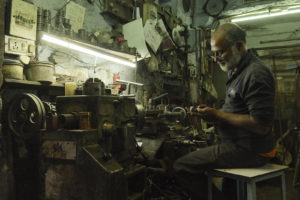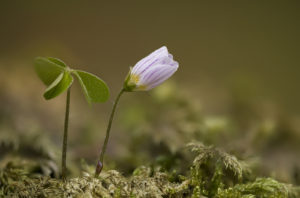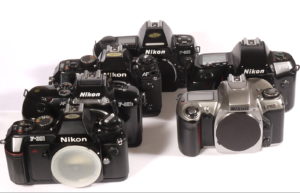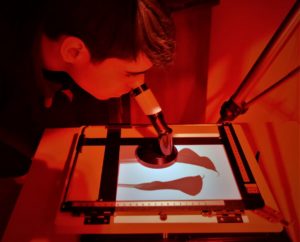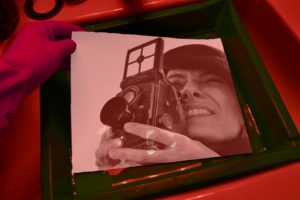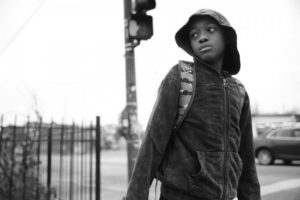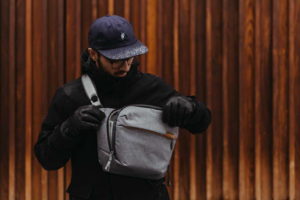“La WPO è lieta di annunciare che la fotografa americana Sara Naomi Lewkowicz ha vinto l’Iris d’Or / Sony World Photography Awards Photographer of the Year per l’anno 2014”
È così che la World Photography Organisation ha annunciato il vincitore di quest’anno, Sara Naomi Lewkowicz, con il suo portfolio “Shane and Maggie”, un duro spaccato su cosa sia la violenza domestica. Ma Sara Naomi Lewkowicz non è l’unica, i vincitori sono ben 14 in altrettante categorie.
Di seguito vi proponiamo le foto vincitrici e le descrizioni dei progetti così come sono stati presentati.
Tutti i portfolio dei vincitori sono visibili sul sito della World Photography Organisation.
Ludovic Maillard
France
Architecture
Typology of Concrete. The concrete surface and often hidden spaces viewed from the Paris ring road, 40 years after it’s construction.

Viviana Peretti
Italy
Arts & Culture
Dancing Like a Woman. During the National Bambuco Gay Pageant, celebrated every year in July in Bogota, young drag queens compete with each other wearing traditional Colombian clothes and dancing the “bambuco”, a regional, folkloric, ‘religious related’ dance of the Andes, characterized by the elegance of its movements and precious dresses.
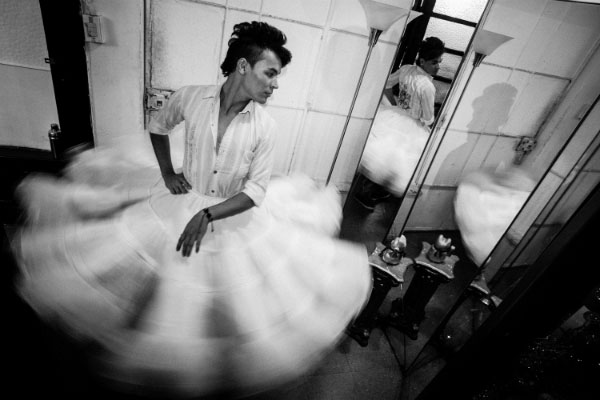
Spencer Murphy
United Kingdom
Campaign
Channel 4 Racing – The Original Extreme Sport. A series of portraits commissioned by 4Creative showing jump jockeys post race.
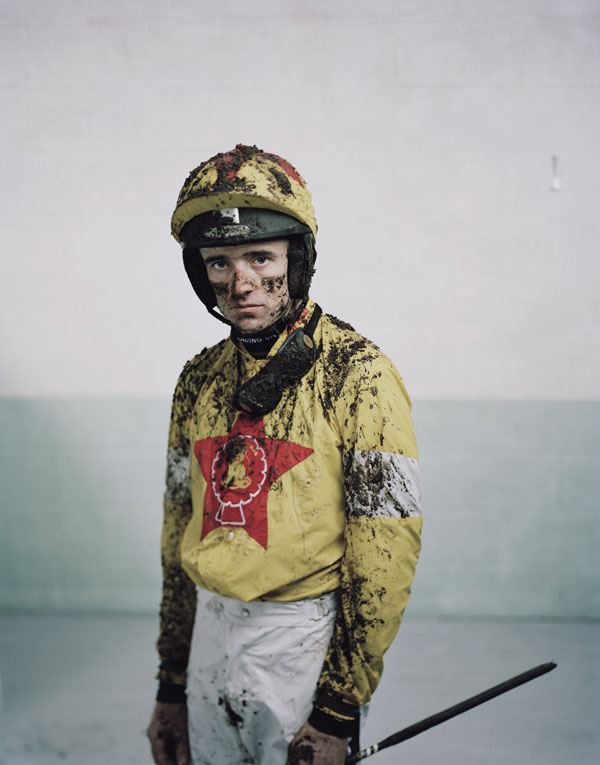
Thomas Brummett
USA
Conceptual
Light Projections. The silver gelatin prints are camera-less and film-less images – but they are not photograms, since nothing was placed on the surface of the paper. I call them “Light Projections”.
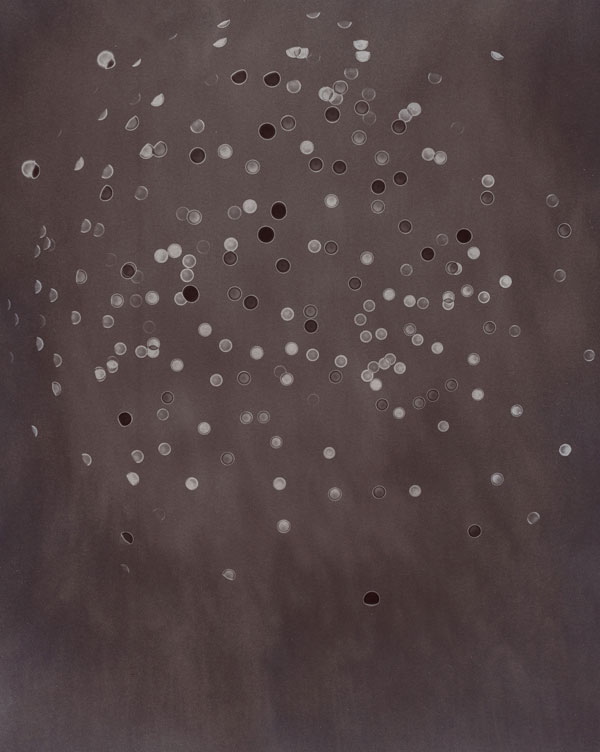
L’iris d’Or | Photographer of the Year: Sara Naomi Lewkowicz
USA
Contemporary Issues
Shane and Maggie. Domestic violence is a largely invisible crime. We hear it muffled through walls, and we usually only see it manifested in the faded yellow and purple bruises of a woman who “walked into a wall” or “fell down the stairs”. It is rarely limited to one event, and it rarely stops. “Shane and Maggie” takes a deeper, unflinching look at domestic abuse as a process, as opposed to a single incident, examining how a pattern of abuse develops and eventually peaks, as well as its short and long-term effects on victims, their families, and their abusers.
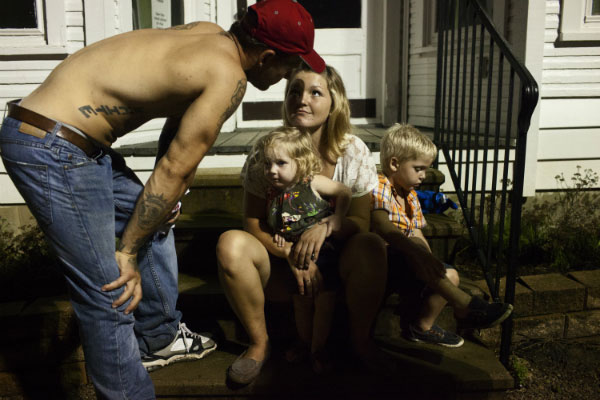
Guy Martin
United Kingdom
Current Affairs
#Gezi Park. These pictures were made with no assignment in hand and no particular desire to even make a coherent body of work. After being wounded in Libya, I made a promise never to cover war, civil unrest or protests ever again. But whilst living in Istanbul, one weekend I witnessed a burgeoning protest against the construction of another mall on one of the few remaining slivers of green in a city that is increasingly urbanised. My purpose was to just witness and to observe with a sharper eye from experience, following the crowds from the peripheries.
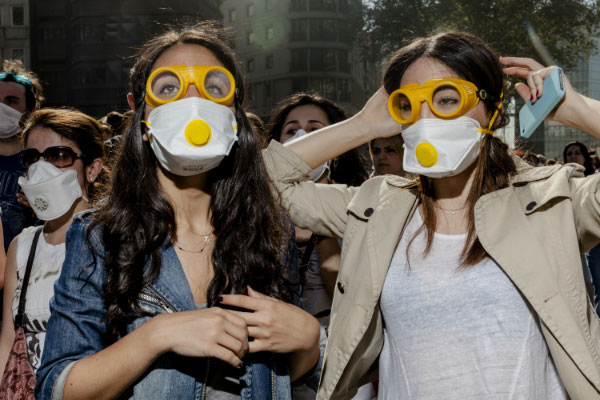
Roei Greenberg
Israel
Landscape
Israeli Landscape 2013. This is a journey through the Israeli landscape, examining the relations between the natural world and the man-made in a land that has been so dramatically changed over the course of history. Together they form a unique point of view: a quiet, pictorial look over a land that is constantly in conflict.
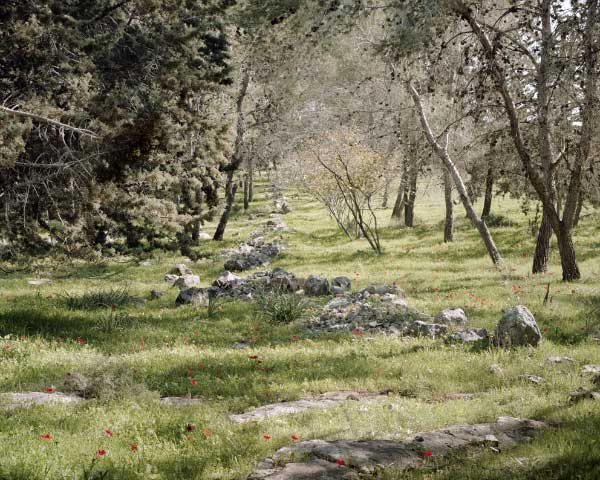
Myriam Meloni
Italy
Lifestyle
Behind the Absence. In the Republic of Moldova, the poorest country in Eastern Europe, over 100,000 children are growing up without their parents, who work abroad. They are social orphans raised by their grandparents, neighbours or placed in ramshackle orphanages originally built to house orphans from World War II. If it is true that the money sent home by emigrants is the force driving domestic consumption in Moldova, the other side of the coin shows the deep rifts in the country’s social fabric.
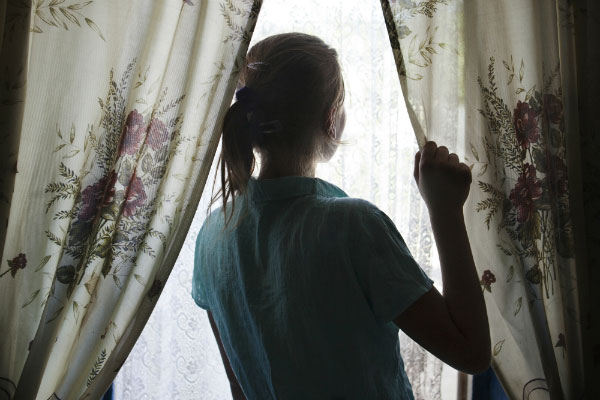
Michael Nichols
USA
Nature & Wildlife
The Short Happy Life of a Serengeti Lion. The lion is synonymous with wild Africa. Few people realise that illegal killing and relentless habitat loss has this species in the grips of a crisis that must be addressed by the world, not just Africa. Recent surveys estimate that fewer than 30,000 wild lions remain. In order to capture the lions’ dignity and strength, we used innovative techniques such as a robot car and infrared film to get as close as possible. We spent 12 months with these lions. Our goal was to increase awareness of the plight of the species.
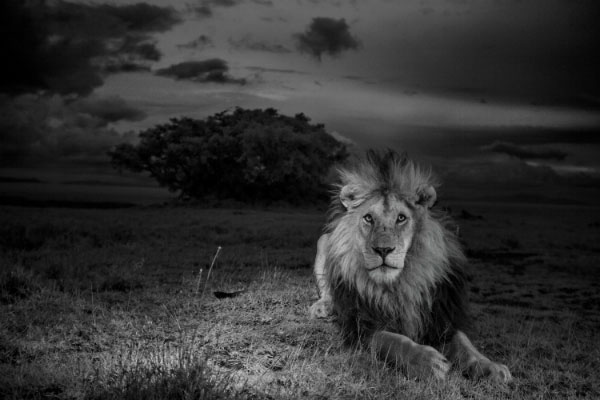
Mario Wezel
Germany
People
One in Eight Hundred. Severely disabled five-year-old Emmy lives with her parents Martin and Karina in the countryside close to Aarhus, Denmark. Karina and Martin were given a low risk at their prenatal screening, of 1 in 800. The cut-o% is set at 1 in 300, beyond which invasive measures are recommended by doctors. It is unclear how this trend will continue, but current debate in Denmark shows how important it is to be able to undertake open and free discussion before implementing prenatal screening.
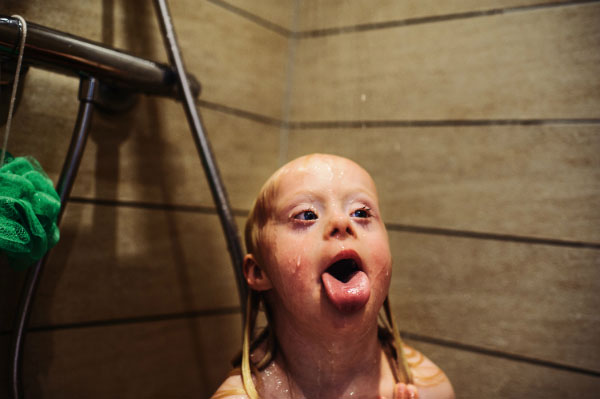
Sophie Gamand
France
Portraiture
Wet Dog. Wet Dog is a series of portraits of dogs caught mid-bath. The dogs are photographed at a vulnerable moment, half a second before they shake the water off their fur. The pictures capture each dog’s character and, in some cases, recognisable emotions such as annoyance, misery or vengefulness.
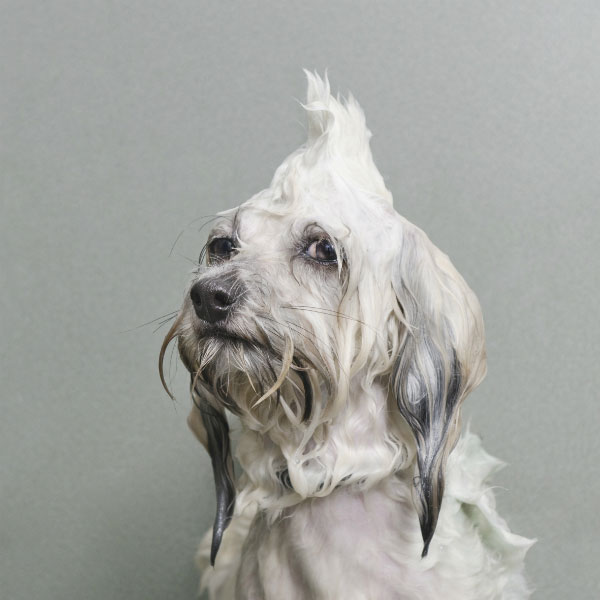
Salvatore Di Gregorio
Italy
Sport
An Old Fight. Kushti, traditional wrestling on red clay, is an ancient art practised in India, Pakistan and Iran. Kushti imposes strict rules on the wrestlers, some of whom start training as young as five years old. They often come from poor backgrounds, and fighting represents the chance of a better life. Some Kushti champions won medals at the London Olympics, and the Indian government is seeking to shi# the best wrestlers to train on mats rather than clay following the Olympics rules. Here in Kolhapur, India, Kushti is still practised in its original form, for now.
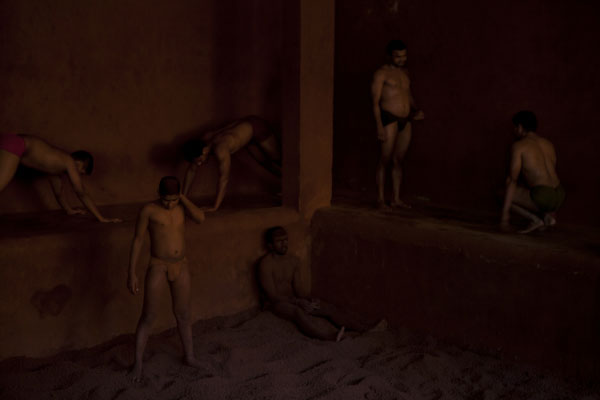
Amanda Harman
United Kingdom
Still Life
Garden Stories, Hidden Labours. A series of accidental still lives, made around the glasshouses, potting sheds and scullery of a country house. The images seek to make visible the unseen work of the gardeners. The settings depicted and revealed in these photographs refer to worldly processes: the inferred eventual death of the plant alludes to our own. These images speak softly, of the ordinariness in the extra ordinary: conception, birth, life, ageing, and death.
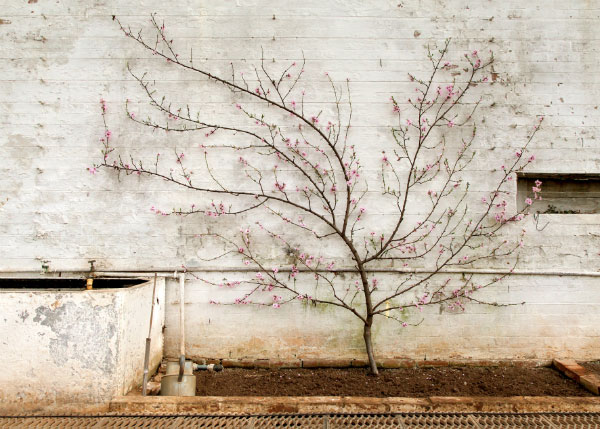
Ricardo Teles
Brazil
Travel
Roads of Grains. Food production is a global challenge. Grain production in Brazil has been growing rapidly, setting records year on year due to the expansion of plantation areas and better farming techniques. However, investment in transportation infrastructure has not kept pace. Grain is transported almost entirely by trucks that run over two thousand kilometres from the plantation areas in the Midwest to the ports in the South. This photo reportage is about the lives of those involved in this grain transportation.
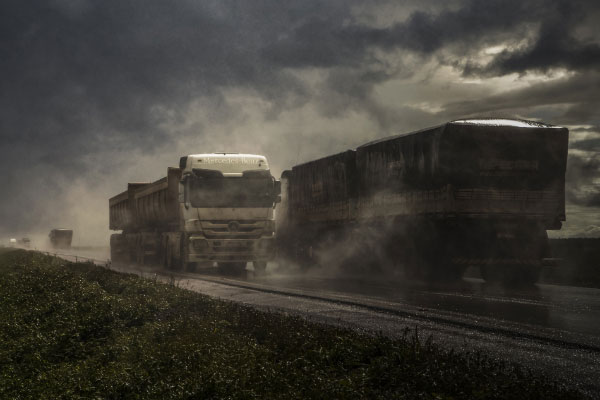
Francesco Carlini
In primis appassionato di fotografia, dal 2008 faccio parte del team di Editrice Progresso, storica casa editrice italiana fondata nel 1894, e gestisco il sito www.fotografia.it. Al lavoro redazionale e giornalistico nel corso degli anni ho affiancato il lavoro di prova dei prodotti e delle misurazioni di laboratorio riguardanti fotocamere, obiettivi e smartphone.

